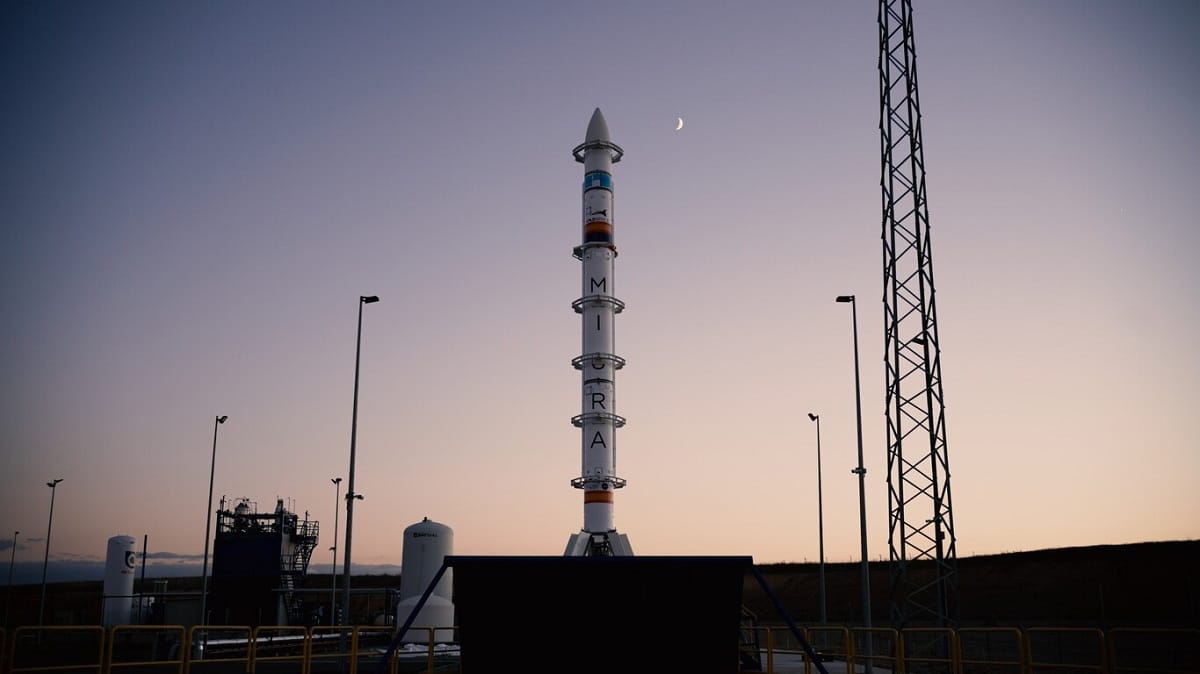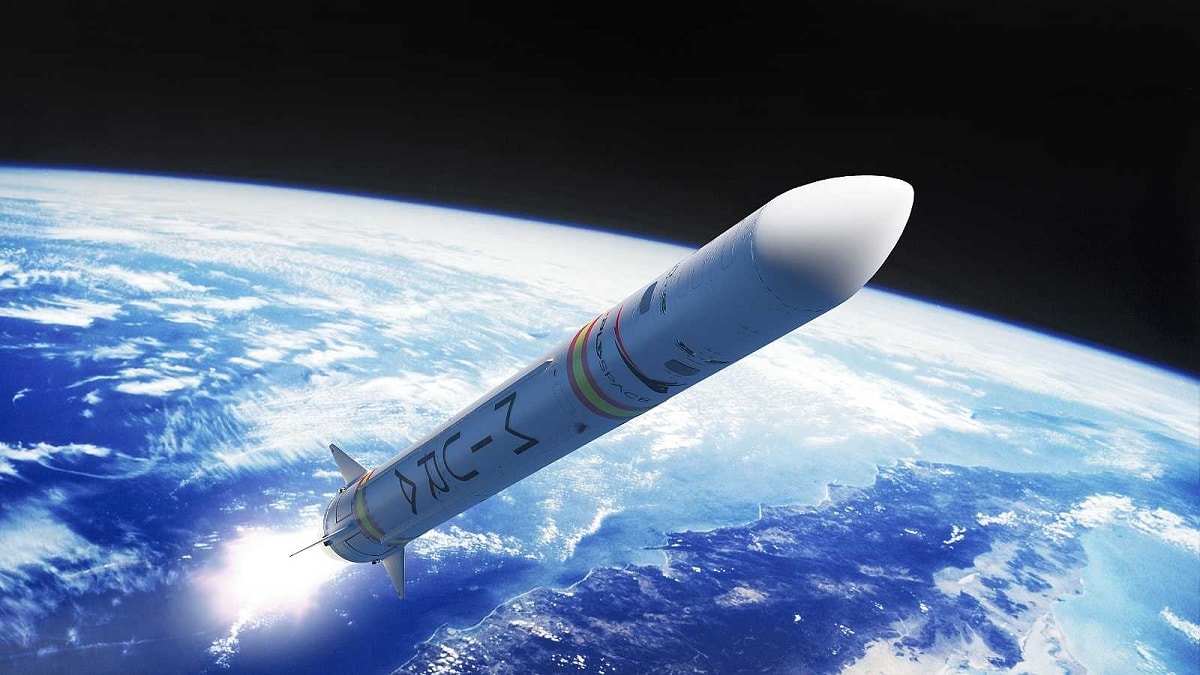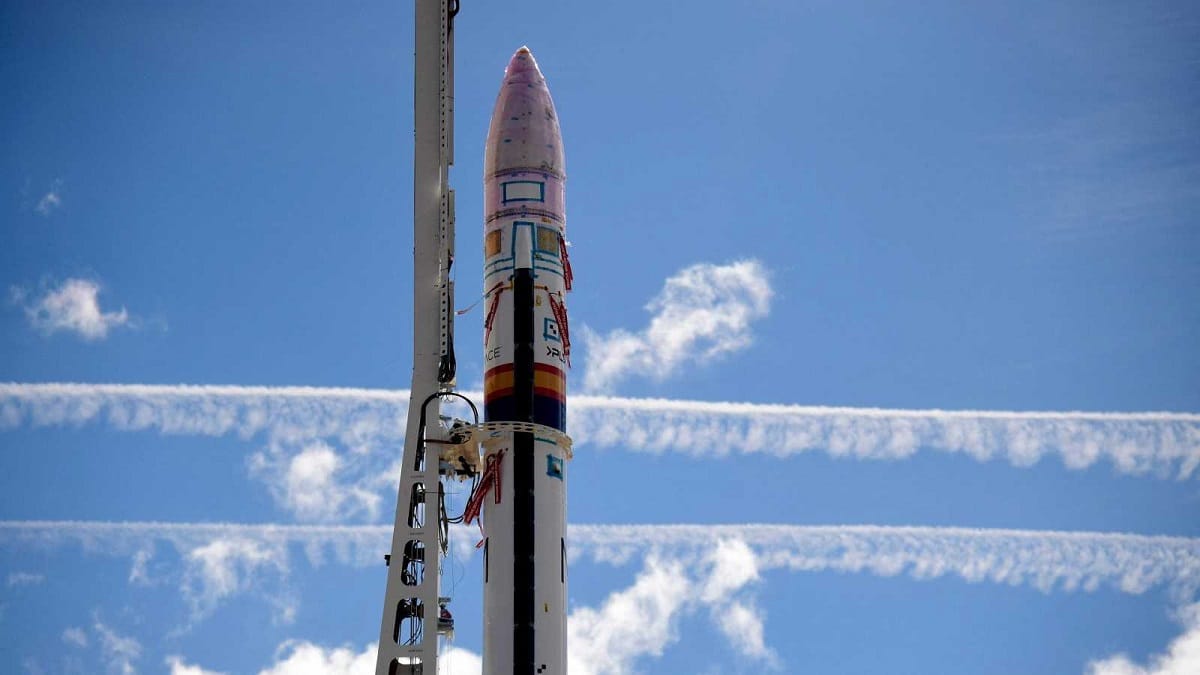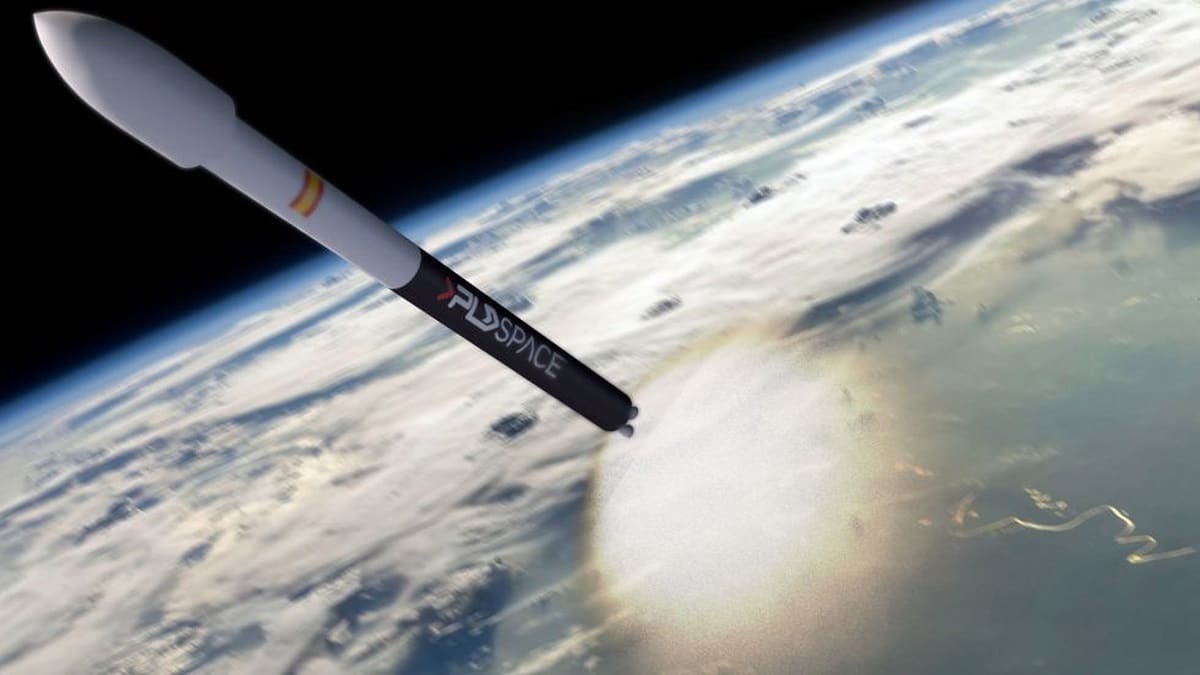
The human being continues his journey to continue investigating the universe. In this case, the first Spanish rocket to be launched is the miura 1. It is going to be launched from Cádiz and the main objective is to serve as a satellite for telecommunications and scientific research.
In this article we are going to tell you everything you need to know about the Miura 1, its features, construction and much more.
What is Miura 1

It is the only rocket built in Spain for space transport, and will make Spain one of the few countries capable of launching small satellites into space, vital for key sectors such as telecommunications, defense or scientific research.
This is an unprecedented project on a European scale developed by PLD Space, a Spanish company with origins in Elche. The executive president, Ezequiel Sánchez, highlighted in a speech in which he said that the company was born from "the dream of its two founders, Raúl Torres and Raúl Verdú, the vision of being able to contribute tiny launchers to the private sector space race." .
To do this, the company has financed a project for 11 years that has allowed them to put the first flying device on the launch pad today: «The road to get here has been very difficult, and we continue to face many difficulties.", Señala.
He highlighted that with Miura 1 and its launch platform, Spain “demonstrates its technological leadership in Europe, providing a capacity that allows us to lead the strategic segment of small satellites. This must be a national priority.”
Miura 1, the Spanish rocket

The launch event is the final phase of the Miura program and includes flight element qualification tests and ground equipment tests coordinated with INTA as the governing body.
All this will take place in the company's hangar in El Arenosillo, where maintenance and preparation of the rocket will also be carried out. Propellant load and pressure tests will also be performed.
After checking all these steps, Miura 1 will move to the takeoff pad. There the most critical tests will be carried out: first a “wet test”. This is a full propellant load test that includes all launch steps prior to engine firing, followed by a final test or 'hot test'. It is a static ignition test in which the rocket engine will fire for five seconds. The success of this simulation will give the go-ahead for the launch of a suborbital microlauncher.
When will it be released?

Four flight opportunities are spread between April and May. In order to effectively launch the rocket into space, it was necessary, on the one hand, that the Miura 1 itself had passed all the tests and was technically ready, and on the other hand, it needed favorable weather conditions: surface winds below 20 km/h, calm seas and no potential storms nearby.
The company has warned that the launch process lasts about 10 hours, during which time the technical team must ensure that everything is in order. If minimal risk factors are detected, operations for the day will be canceled and the next flight window will start from scratch.
The launch operation will include a climb of approximately 150 kilometers. With a height of 12 meters and a payload of 100 kilograms, Miura is a reusable microlauncher in the style of the Falcon rocket of the spaceflight company SpaceX of the giant Elon Musk.
Only nine countries in the world have real commercial and government capabilities in space, and Spain could become the tenth country to join forces with PLDSpace.
Main mission
The Miura 1 rocket made its maiden flight from its launch pad at the Médano del Loro military firing range. The PLD completed the preliminary tests at the INTA facilities in Cedea del Arenosillo, and a delegation from the German Center for Applied Technology and Microgravity (ZARM) of the University of Bremen inspected the vehicle to make sure of everything. As the company itself has announced, it has arrived in El Arenosillo to start working together on the first trip in which you will have an important role.
Miura 1 will carry out the first flight of a suite of ZARM sensors with the aim of validating some of the technologies that the scientific agency has created for the space industry in microgravity conditions. As explained by the vice president of the PLD, Pablo Gallego, the joint work involves "integrating the client's load with other previous loads." Thorben Konemann, ZARM's chief engineer, explained that the first experiment will inform preparations for "experiments for subsequent suborbital flights." With these measures, "we will prepare new flights in the future."
PLD Space has a different "flight window" granted by the Spanish Ministry of Defence. In addition to the safety of the area, the launch was "depending on the availability of the rocket itself and the weather conditions", since terrestrial winds below 20 kilometers per hour were required, "calm winds on high and without possible storms nearby," the company said.
a second rocket
Meanwhile, PLD's Space Engineering team is working on the final design of its orbital vehicle, Miura 5. The idea is to apply what it has learned to Miura 1, which could launch from Kourou, French Guiana, in 2024. The second rocket it is 34,4 meters long and can lift about 540 kilograms to low Earth orbit. PLD Space has received more than 60 million euros of investment to advance its projects in the space sector, and they expect to reach a turnover of up to 150 million euros per year.
Its ambitious launch plans come as European nations agree to a 17 percent increase in space spending, as they did last September, to catch up with other major powers like the United States and China.
As you can see, Spain is also joining space research with revolutionary technology. I hope that with this information you can learn more about the Miura 1 and its features.